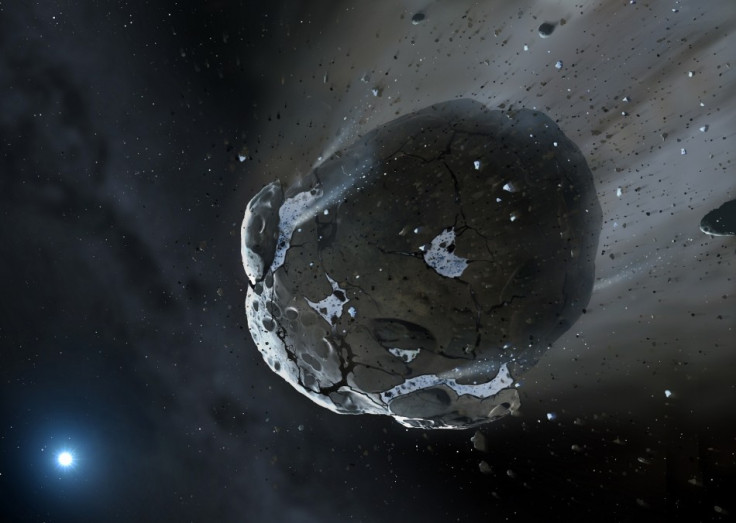Asteroid Travelling to Earth at 9 Miles-A-Second Could Wipe Out Human Life
1950 DA asteroid could hit earth in 2880, causing cataclysmic earthquakes and climate change that could destroy human life.

Humanity could be wiped out by a massive asteroid that is hurtling towards earth at a speed of around 38,000 miles an hour, scientists have warned.
The 1950 DA asteroid has a good chance of colliding with earth on 16 March 2880, according to experts at the University of Tennessee.
Researchers initially believed that the asteroid had a one-in-300 chance of hitting earth, but revised the odds to one-in-4,000.
If the asteroid collides with earth, it will strike with the force of around 44,800 megatonnes of TNT – the equivalent of every nuclear weapon in the world detonating simultaneously, six times over.
Scientists say the impact would cause cataclysmic earthquakes and tsunamis, that would result in climate change that would entirely destroy human life.
The asteroid is rotating so fast that at its equator it effectively experiences negative gravity. If an astronaut were to attempt to stand on the surface, they would be thrown off into space.
"Previous research has shown that asteroids are loose piles of rubble held together by gravity and friction," postdoctoral researcher Ben Rozitis said.
"However, the UT team found that 1950 DA is spinning so quickly that it defies these forces.
"We found that 1950 DA is rotating faster than the breakup limit for its density. So if just gravity were holding this rubble pile together, as is generally assumed, it would fly apart. Therefore, interparticle cohesive forces must be holding it together."
Asteroid defence
Rozitis added that there has been renewed interest in finding out how to deal with a potential asteroid impact following the meteor collision in the Russian city of Chelyabinsk last February, which released over 30 times the explosive energy of the Hiroshima nuclear bomb, and injured 1,500 people.
"Understanding what holds these asteroids together can inform strategies to guard against future impacts," Rozitis said.
Researchers are now looking at ways they can break the asteroid apart. Potential techniques include using a kinetic impactor, which would deploy a large object on collision course with the asteroid.
The researchers' findings were published in the journal Nature.
© Copyright IBTimes 2025. All rights reserved.





















